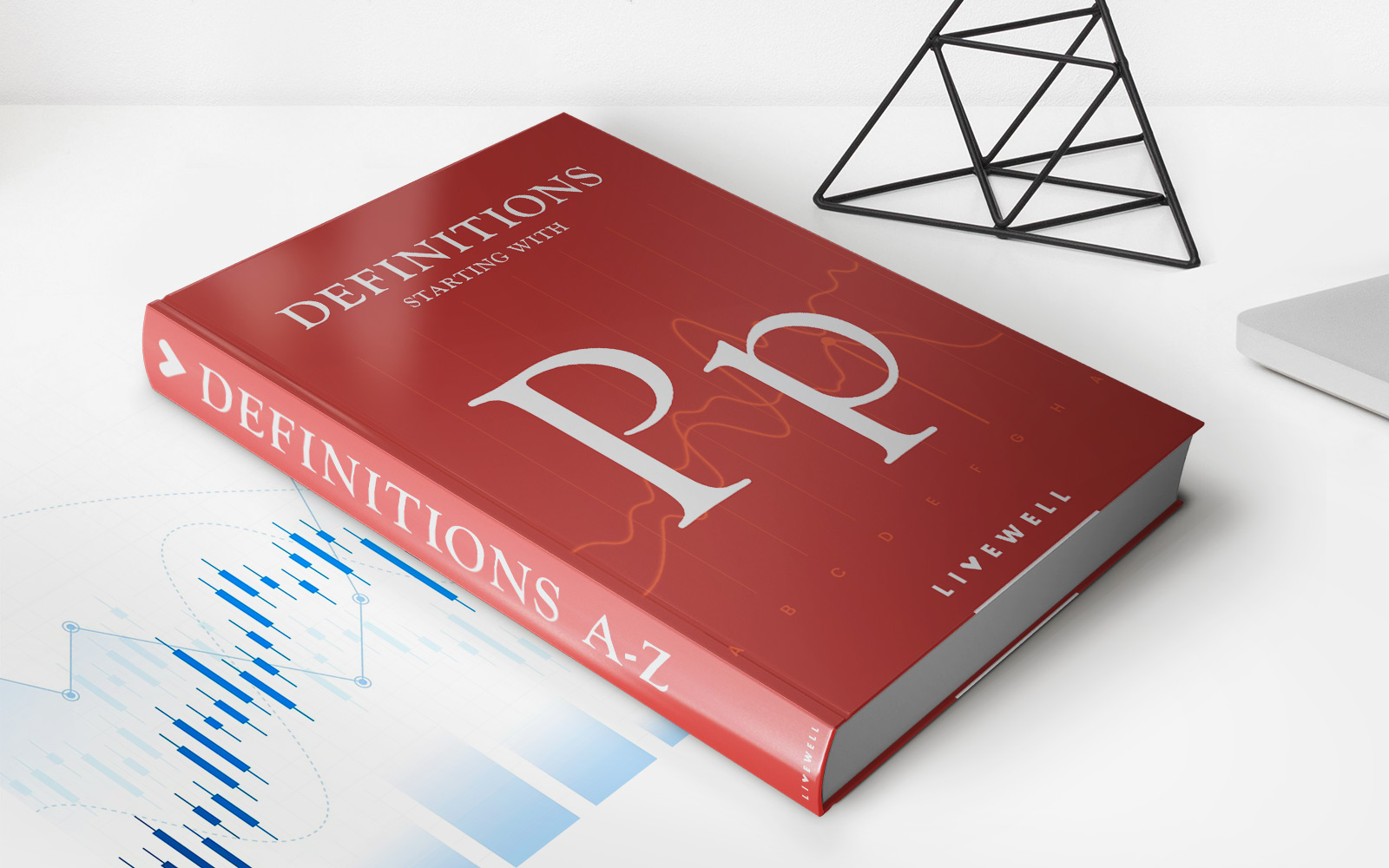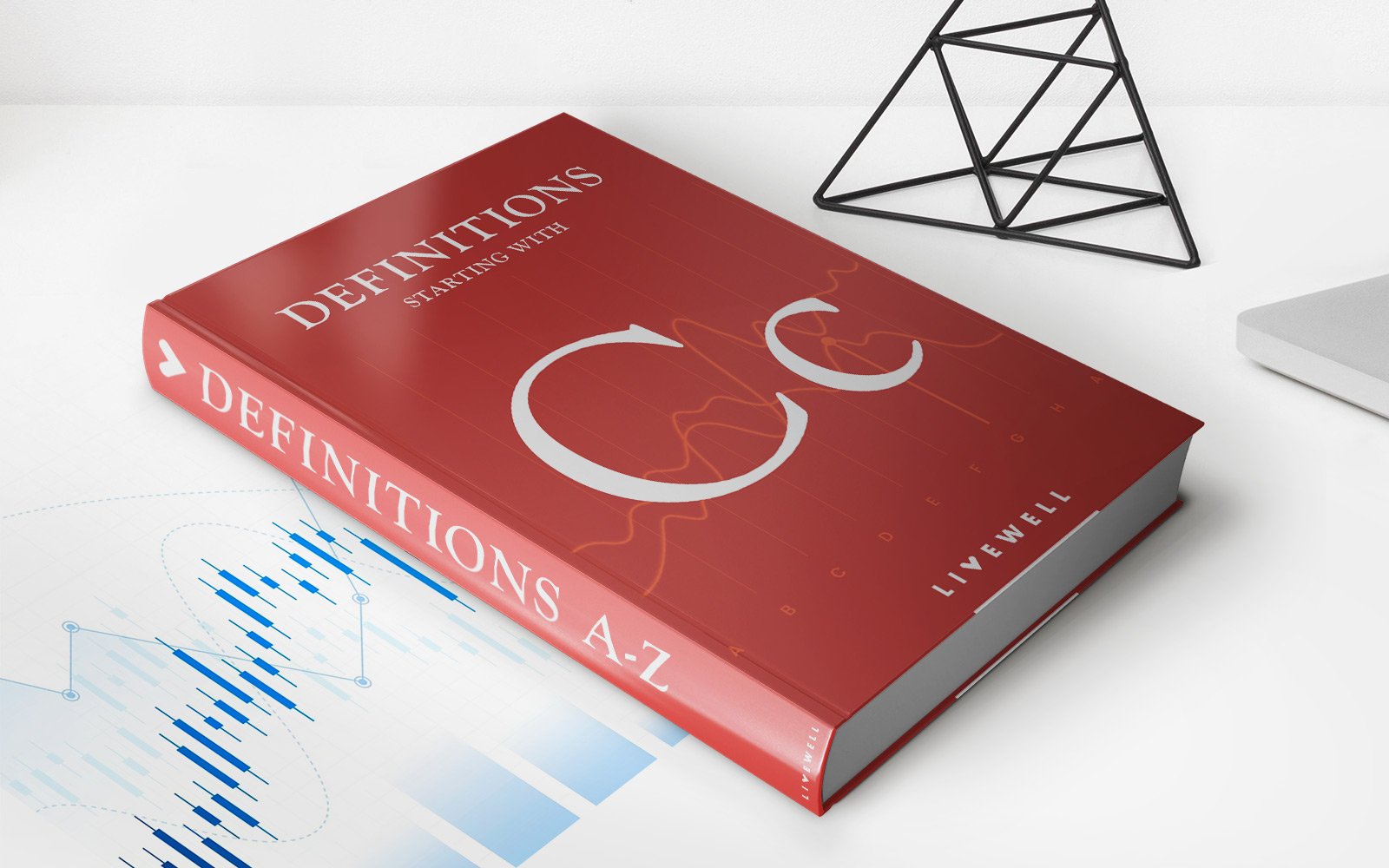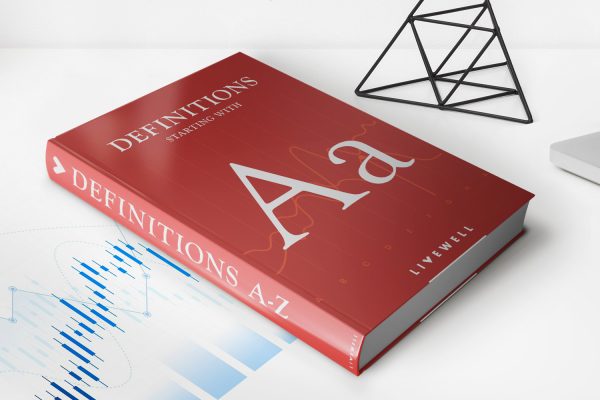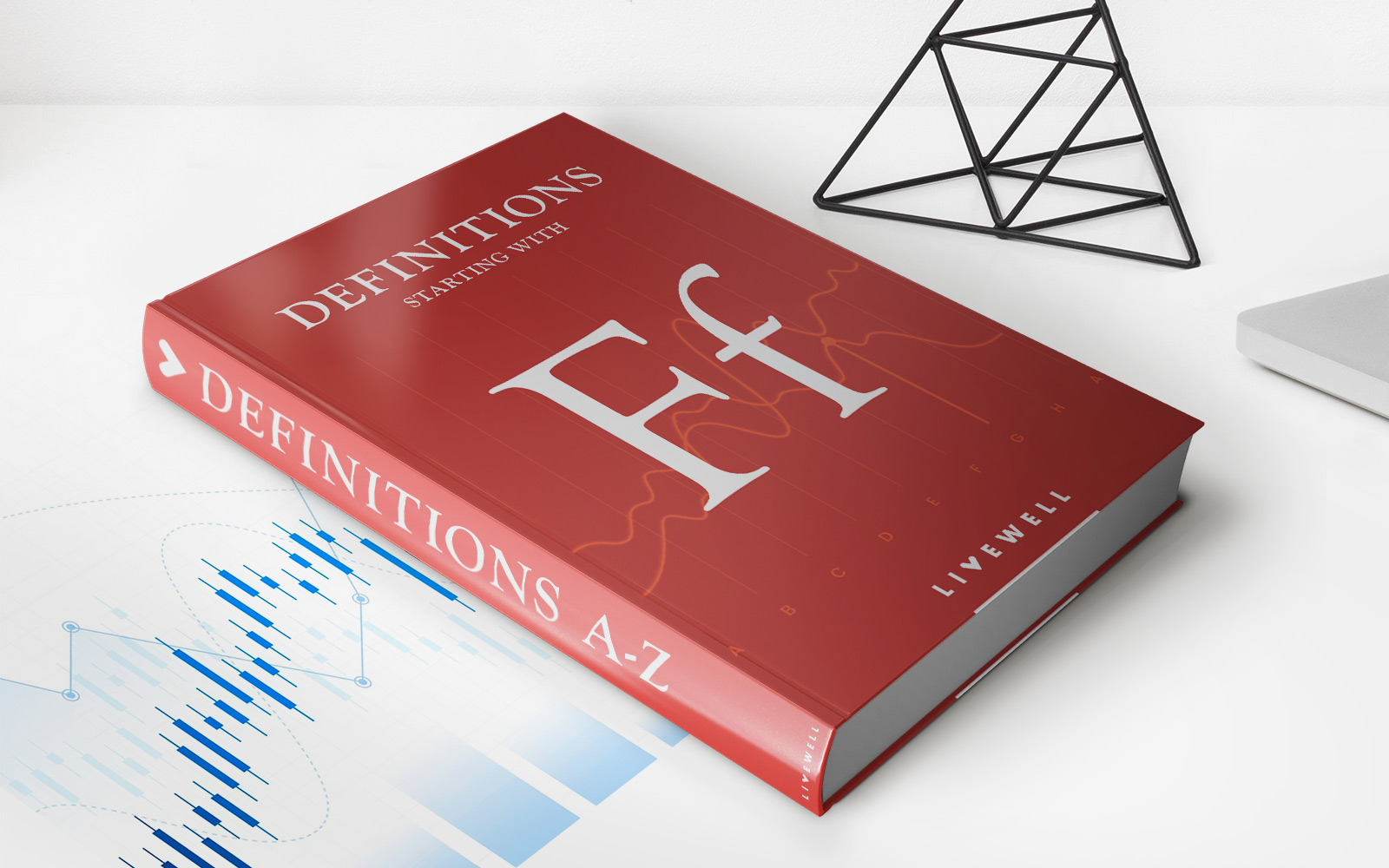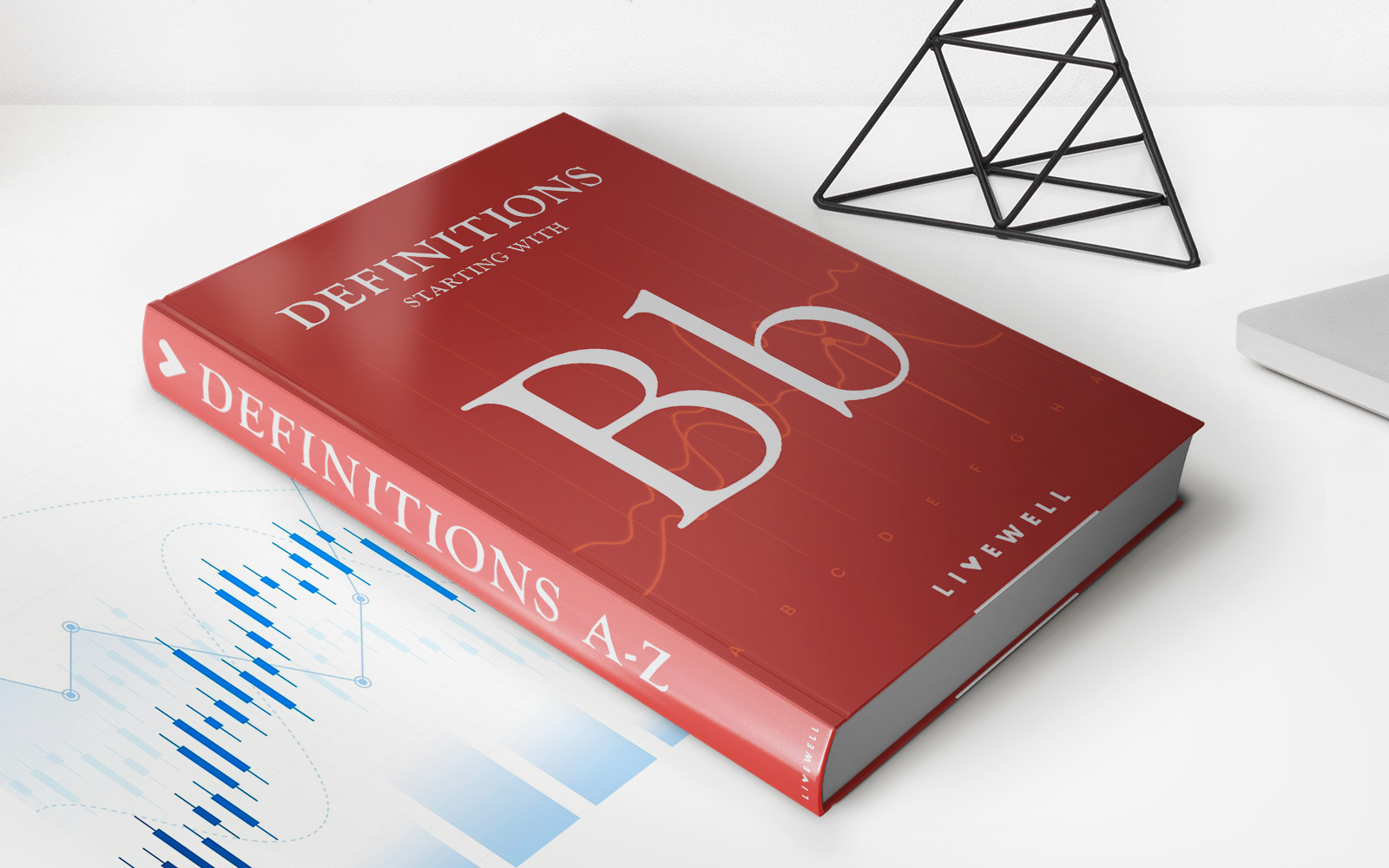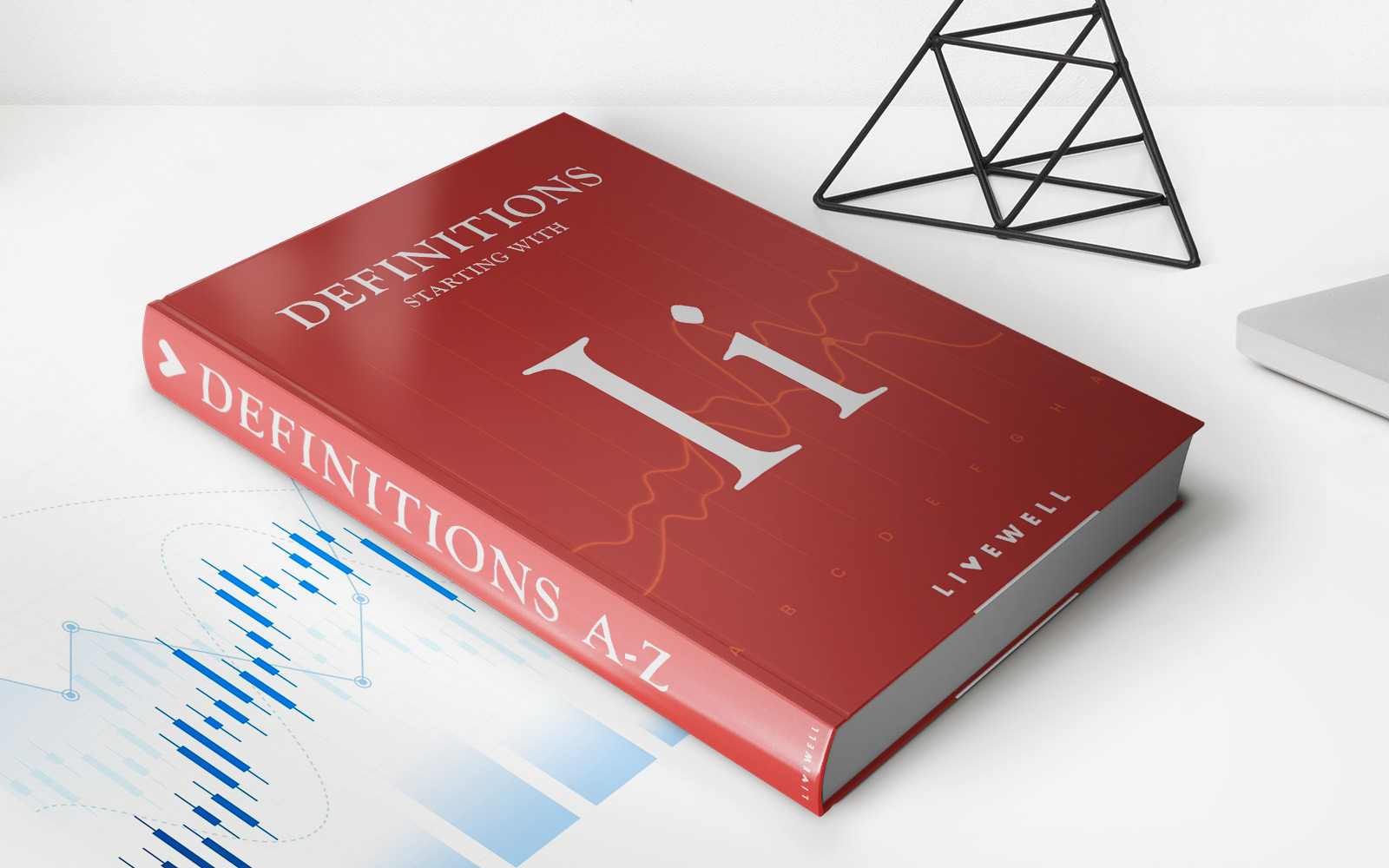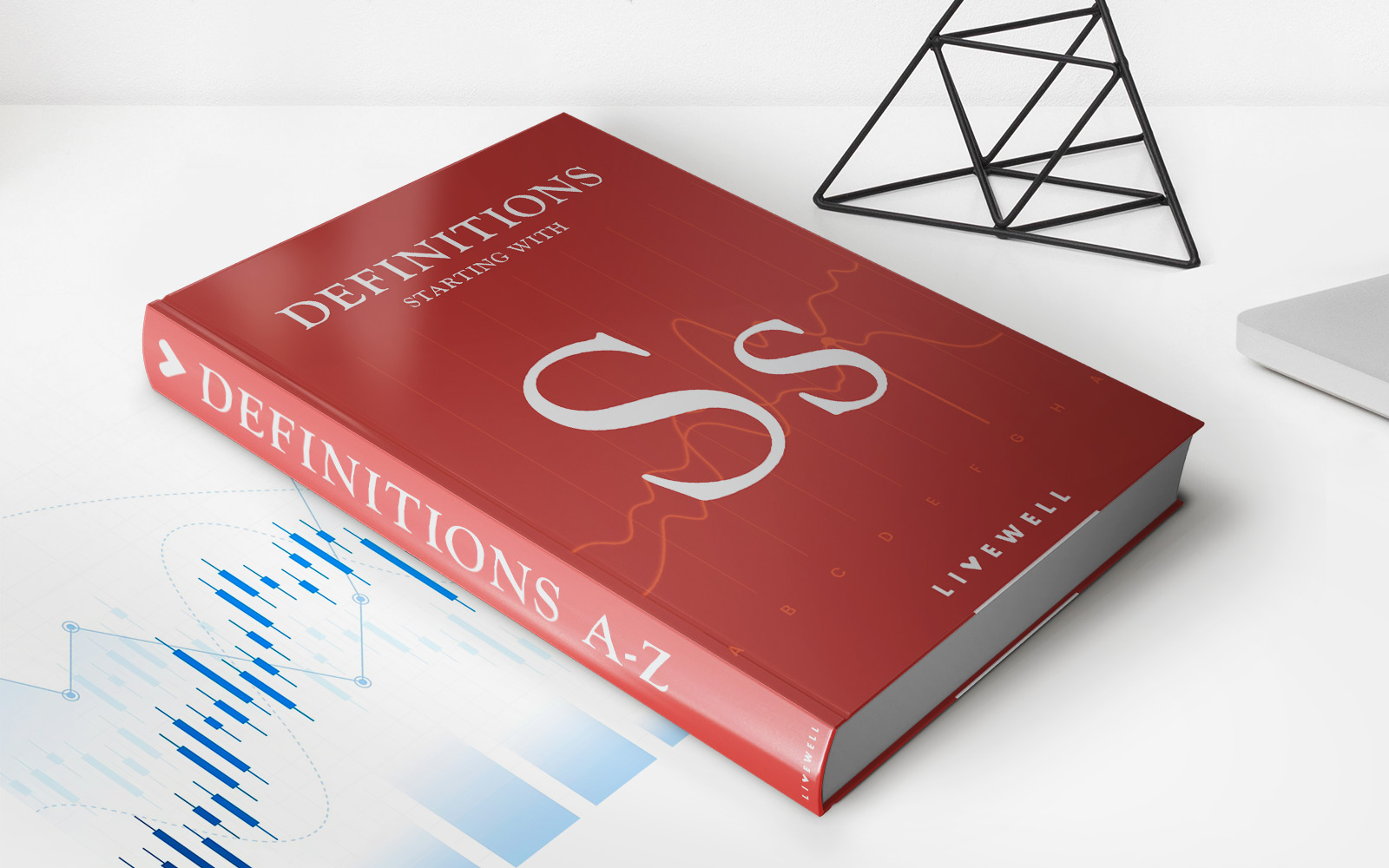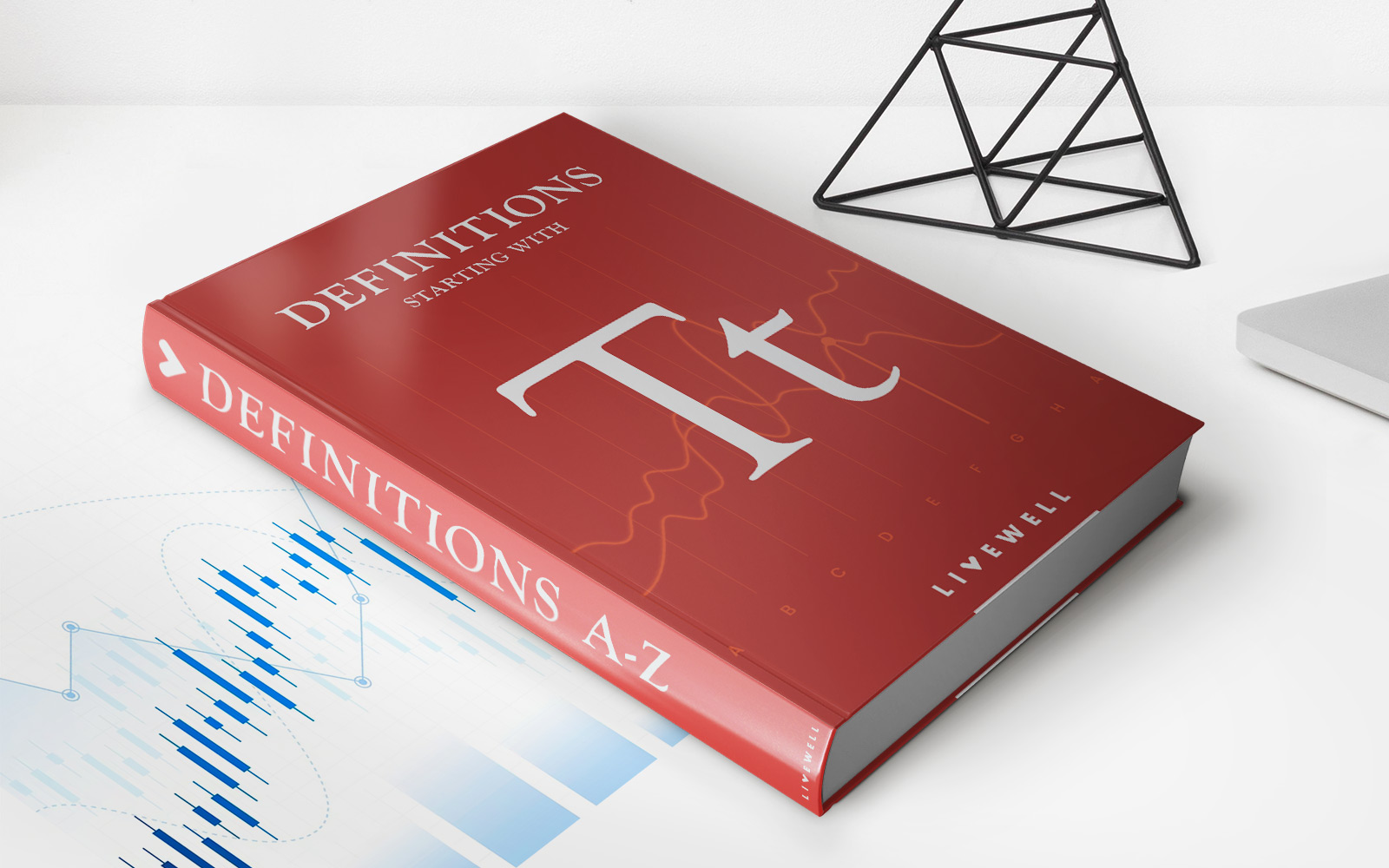Home>Finance>Balanced Fund: Definition, Investment Mix, Examples
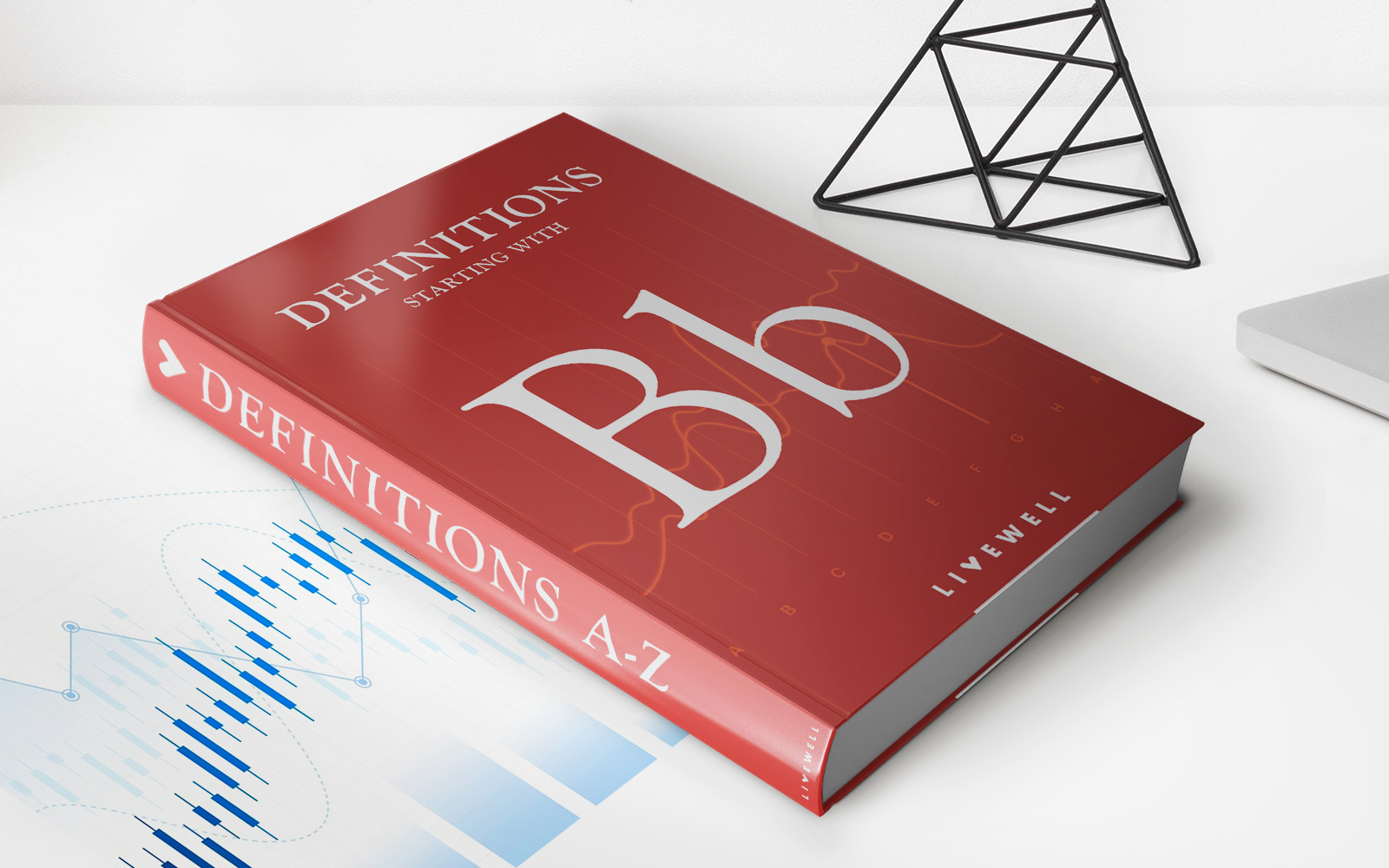

Finance
Balanced Fund: Definition, Investment Mix, Examples
Published: October 13, 2023
Discover the definition, investment mix, and examples of balanced funds in the finance industry. Make informed investment decisions with this comprehensive guide.
(Many of the links in this article redirect to a specific reviewed product. Your purchase of these products through affiliate links helps to generate commission for LiveWell, at no extra cost. Learn more)
What is a Balanced Fund?
If you are looking for a well-rounded investment option that provides a balance between growth and income, then a balanced fund might be just what you need. A balanced fund, also known as a hybrid fund, is a type of mutual fund that combines both stocks and bonds in its investment portfolio, offering investors a diversified mix of assets. The goal of a balanced fund is to provide a steady return while minimizing risk.
Key Takeaways
- A balanced fund is a type of mutual fund that combines stocks and bonds in its portfolio to provide investors with a diversified mix of assets.
- Typically, a balanced fund maintains an investment mix of approximately 60% equity and 40% fixed income securities.
Investment Mix of a Balanced Fund
A balanced fund typically follows a predetermined investment mix defined by its investment manager. While the specific proportions may vary, a balanced fund generally maintains a mix of approximately 60% equity and 40% fixed income securities, such as bonds. This allocation is designed to provide a combination of long-term growth potential from stocks and stability from bonds.
The equity portion of a balanced fund is invested in a diverse range of stocks from different industries and geographical locations. This helps spread the risk and capture potential returns from various sectors and markets. The fixed income portion, on the other hand, consists of bonds with different maturities and credit ratings. This helps provide a steady income stream and acts as a cushion during market downturns.
Examples of Balanced Funds
There are numerous balanced funds available in the market, each with its own investment strategies and objectives. Here are a few examples of well-known balanced funds:
- Vanguard Balanced Index Fund – This fund aims to track the performance of a balanced index that consists of approximately 60% stocks and 40% bonds. It offers investors a low-cost option for long-term growth and income.
- Fidelity Balanced Fund – Known for its strong historical performance, this fund follows a similar investment mix of 60% equities and 40% fixed income securities. It seeks to provide capital appreciation and income.
- T. Rowe Price Balanced Fund – With a focus on risk management and long-term growth, this fund maintains a flexible mix of stocks and bonds. It aims to provide investors with a balanced approach to investing.
Whether you are an investor seeking a well-rounded investment option or someone looking to diversify their portfolio, a balanced fund can be a suitable choice. It offers a balance between growth and income, providing investors with the potential for long-term returns while managing risk. Remember to do thorough research and consider your investment goals and risk tolerance before investing in any fund.
